- Written By Team DWS
- Festivals
- October 25, 2025
Why Kartik Purnima Shines as Hinduism’s Holiest Full Moon
Introduction
Kartik Purnima, celebrated on the full moon day of the Kartik month, stands as one of Hinduism’s most auspicious and spiritually charged festivals. Marked by dazzling rituals, ancient legends, and vibrant communal gatherings, this sacred occasion is often revered as “Deva-Diwali”—the festival of lights for the gods. The grandeur of Kartik Purnima radiates through innumerable temples, riversides, streets, and homes across India, uniting devotees in celebrations that blend faith, myth, and charity. But what makes Kartik Purnima shine so brightly within the tapestry of Hindu observances?
This blog explores the deep-rooted reasons behind Kartik Purnima’s status as the holiest full moon, examining its mythological origins, regional traditions, associated deities, rituals, and enduring relevance for spiritual seekers today.
638969930416986767.jpg)
Mythological Foundations of Kartik Purnima
The Triumph of Light: Lord Shiva and Tripurasura
The foremost legend linked with Kartik Purnima features Lord Shiva and the cosmic demon Tripurasura. Mythology narrates that three demon brothers—Vidyunmali, Tarakaksha, and Viryavana—rose to power, building three celestial cities (“Tripura”) and dominating the universe. Their reign of terror plunged the world into chaos, threatening both gods and mortals.
The gods, seeking liberation, turned to Lord Shiva. On Kartik Purnima, Shiva transformed into Tripurantaka, launching a single flaming arrow that destroyed the three cities at once. The victory marked the restoration of cosmic balance, celebrated with jubilant illuminations by the gods—hence, Kartik Purnima evolved into Deva-Diwali, a festival of light triumphing over darkness.
Divine Births and Manifestations
Kartik Purnima is also replete with other mythological milestones:
- Birthday of Lord Kartikeya: In southern India, especially Tamil Nadu, Kartik Purnima honors the birth of Lord Kartikeya (Murugan/Skanda), son of Shiva and Parvati, venerated as the divine commander of the gods.
- Incarnation of Matsya: The festival is associated with Matsya, Vishnu’s fish-avatar, believed to be born on this day, symbolic of protection and preservation.
- Descent of Ganga: Tradition recalls King Bhagirath’s penance, resulting in the descent of the holy Ganges on Kartik Purnima. To commemorate, devotees immerse in sacred rivers, seeking purification and liberation.
- Tulsi Vivaha: The wedding of Tulsi (the holy basil plant incarnate, Vrinda) and Lord Vishnu is celebrated, a ritual symbolizing prosperity and spiritual cleansing.
________________________________________
Spiritual and Ritualistic Significance
The Power of the Kartik Month
Within the Hindu calendar, Kartik is considered the holiest lunar month. The spiritual energy is said to peak during this period, as the universe transitions into “Kaivalya pada”—a state ideal for spiritual practices. It is believed that performing holy rituals or acts of charity in Kartik brings rewards more abundant than at any other time of the year.
Kartik Snan: The Sacred Bath
One of the festival’s core rituals is Kartik Snan—a ceremonial dip in holy rivers, especially the Ganges. Scriptures claim that bathing during Kartik Purnima equates to performing hundreds of Ashvamedha sacrifices, cleansing devotees of all sins and paving the way to moksha (liberation). Crowds gather before dawn, braving chilly waters for a transformative spiritual experience.
Illuminations: Diyas, Lamps, and Lights
After sunset, cities and villages gleam with millions of oil lamps (diyas), symbolizing the triumph of good over evil. The ritual of lighting diyas honors the gods and recalls the celestial victory over Tripurasura. Riverside ghats, especially in Varanasi, witness breathtaking spectacles as floating lamps drift with prayers, creating a surreal spiritual landscape.
Tulsi Vivaha and Ritual Marriages
The ceremonial wedding of Tulsi and Vishnu marks the end of the Chaturmas (four-month spiritual dormancy of Lord Vishnu). The event is solemnized with great pomp in temples, homes, and riversides, believed to bestow marital harmony and prosperity. This ritual also highlights Kartik Purnima’s focus on growth, renewal, and connection with the divine.
________________________________________
Regional Celebrations and Traditions
North India: Dev Deepavali at Varanasi
In Varanasi, Kartik Purnima assumes its grandest avatar as “Dev Deepavali.” Ghats along the Ganges glimmer with countless lamps, and thousands throng for the sacred dip. Classical music, Ganga aarti, and dance performances create an atmosphere charged with devotion and awe.
Rajasthan and Gujarat: Fairs and Festivities
Cities like Pushkar and Udaipur mark the festival with spectacular fairs. The Pushkar Mela, coinciding with Kartik Purnima, attracts devotees, tourists, and traders from around the globe. Revelry includes cattle fairs, cultural shows, craft stalls, and vibrant processions, celebrating both nature’s bounty and spiritual gratitude.
South India: Lord Kartikeya’s Devotion
In southern states, temples dedicated to Kartikeya overflow with devotees. Rituals, fasts, and grand processions celebrate the deity's valor as the warrior son of Shiva, protector and patron of righteous causes.
Eastern India: Ganga Snan and Riverside Rituals
Bengal, Odisha, Assam, and other eastern states highlight the importance of holy rivers in Kartik Purnima observances. Early-morning baths, boat processions, and prayers to river deities are part of the tapestry of faith that colors local traditions.
________________________________________
Kartik Purnima Across Traditions: Sikhism, Jainism, and More
While Kartik Purnima is central to Hindu worship, it bears religious importance for Sikhs and Jains as well. The festival often coincides with Guru Nanak Jayanti, birth anniversary of Guru Nanak—the founder of Sikhism. Sikh households and gurudwaras glow with lamps, hymns, and langars, reflecting a shared emphasis on light, devotion, and service.
For Jains, Kartik Purnima marks the holy pilgrimage “Kartik Snatra,” with special rituals in temples and participation in acts of charity.
________________________________________
Deeper Meanings: Cycles of Nature and Harvests
Kartik Purnima also synchronizes with the agricultural cycle. Farmers celebrate the festival as a thanksgiving for the year’s harvest, blending gratitude to the divine with appreciation of nature’s abundance. Lantern-lit villages, feasts, and rituals capture the integration of spiritual and material prosperity.
________________________________________
Environmental and Social Impact
Community Bonds
The communal nature of Kartik Purnima fosters unity, charity, and social welfare. Mass celebrations, joint prayers, and feasting dissolve barriers, bringing diverse groups together under the spirit of gratitude and mutual respect.
Eco-Friendly Traditions
Lighting oil lamps, using natural flowers, and the focus on river baths tie Kartik Purnima to eco-friendly practices. The festival’s celebration of rivers, flora, and traditional crafts heightens environmental consciousness within the cultural framework.
________________________________________
Contemporary Relevance: Kartik Purnima for Spiritual Seekers
Pathways to Moksha and Dharma
Kartik Purnima’s rituals and stories are not mere folklore—they offer valuable insights for those on a spiritual journey. The day symbolizes cleansing, transformation, victory over inner demons, and the pursuit of higher knowledge.
Mindfulness and Renewal
Modern devotees use Kartik Purnima’s meditative acts—such as dawn river dips, silent prayers, and lamp lighting—to practice mindfulness and self-reflection. The festival’s lessons—light over darkness, community, renewal—resonate powerfully in today’s bustling world.
Charity and Service
As much about giving as about personal transformation, Kartik Purnima inspires acts of charity. Donating food, clothes, and money to those in need is a major aspect of festivities, reinforcing dharma and the role of compassion in spiritual growth.
________________________________________
Frequently Asked Questions about Kartik Purnima
- What is Kartik Purnima? It is a full moon festival marking the peak of the spiritual Kartik month, observed in October-November, and revering the triumph of good over evil, Lord Shiva's victory, birth of divine beings, river Ganga, and rituals of gratitude.
- Why do people take river baths on Kartik Purnima? Bathing in holy rivers is believed to cleanse sins and bestow salvation. It commemorates the descent of the Ganga and is universally referenced in scriptures for its purifying power.
- What is Deva-Diwali, and how is it different from regular Diwali? Deva-Diwali marks the victory of gods over Tripurasura, celebrated by illuminating temples and river banks. It's distinct from regular Diwali (celebrated by mortals for Ram’s return) and is regarded as the festival of lights for the gods.
- What is Tulsi Vivaha? It is the symbolic marriage of Tulsi (holy basil) to Vishnu, performed in homes and temples, believed to bring prosperity and spiritual rewards.
638969929897601709.jpg)
Conclusion
Kartik Purnima’s radiance lies not only in its myriad lamps and communal celebrations but in its profound spiritual messages. Through tales of gods, demons, rivers, and divine marriages, the festival embodies India’s eternal quest for enlightenment, unity, and dharma. Whether in the sacred ghats of Varanasi, vibrant fairs of Rajasthan, or quiet home altars, Kartik Purnima is woven into the heart of Hindu culture—illuminating pathways for faith, hope, and renewal.
As the holiest full moon, Kartik Purnima beckons devotees to embrace the light, honor tradition, and replenish the soul. Its legends and rituals carry timeless lessons for overcoming darkness, expressing gratitude, and forging community—guiding hearts toward the highest spiritual possibilities.
Popular on Blogs
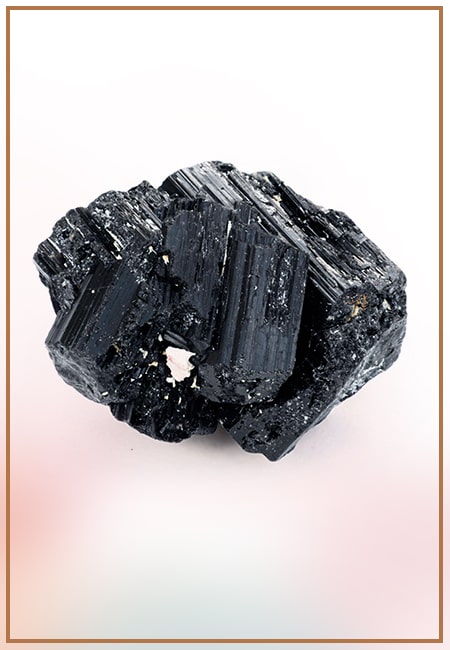
Black Tourmaline: Meaning, Healing Properties, Fascinating Facts, Powerful Attributes, Versatile Uses, and Beyond
September 05, 2023 / BY Team DWS
Black Tourmaline, also known as Schorl, is a highly revered crystal with incredible metaphysical properties. It derives its name from the Dutch word "turamali," meaning "stone with ..
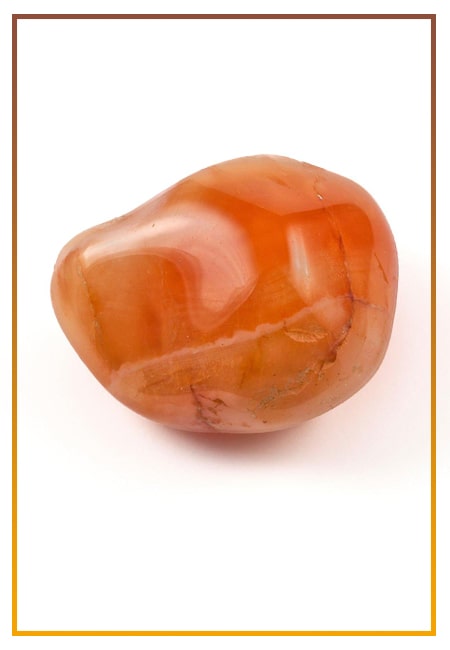
Carnelian Stone: Meaning, Healing Properties, Power, Facts, Color, Uses and More
December 26, 2023 / BY Team DWS
Carnelian is a vibrant and captivating gemstone that holds a plethora of meanings, healing properties, and powers. Its warm and fiery energy makes it a popular choice among crystal ..
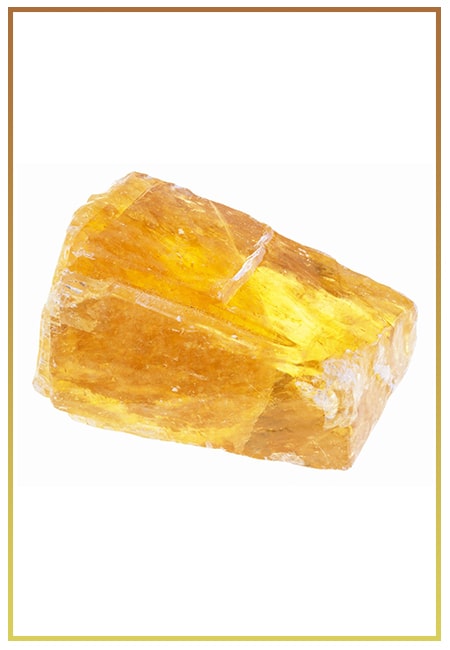
Citrine: Exploring its Meaning, Healing Properties, Fascinating Facts, Powers, Versatile Uses, and Much More
November 18, 2023 / BY Team DWS
Citrine, with its warm golden hues, has captured the attention and imagination of people for centuries. This beautiful gemstone, commonly associated with wealth and prosperity, hol ..

Black Onyx: Unveiling the Meaning, Healing Properties, Fascinating Facts, Powerful Attributes, Versatile Uses, and Beyond
July 25, 2023 / BY Team DWS
Black Onyx, a striking gemstone admired for its deep black hue and elegant appearance, has captivated people for centuries. In this comprehensive guide, we will delve into the mean ..
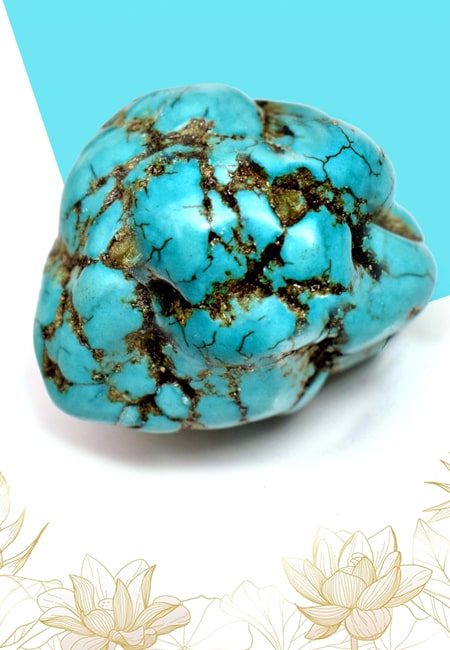
Unveiling the Mysteries of Turquoise Stone: Exploring its Meaning, Healing Properties, Power, Facts, Color, Uses, and More
December 05, 2023 / BY Team DWS
Turquoise, with its captivating blue-green hue, has been adorning jewelry and artifacts for centuries. This striking stone has a rich history, rich symbolism, and a plethora of int ..
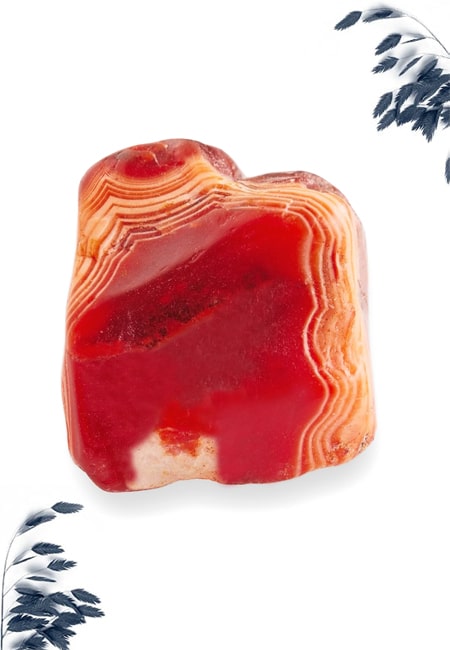
The History Behind The Popularity of Red Agate
December 23, 2022 / BY Team DWS
An Agate is a type of magma rock that takes many years till it is washed out naturally into the water. And that is the reason this stone has elements of water. This beautiful stone ..
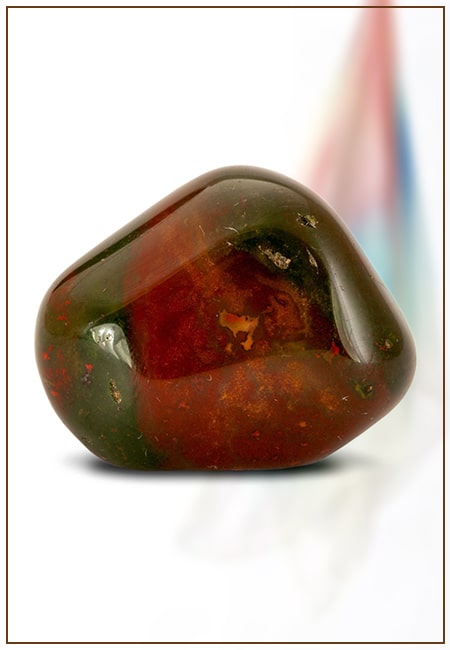
Bloodstone: Unveiling the Meaning, Healing Properties, Facts, Powers, Uses, and More
August 21, 2023 / BY Team DWS
Bloodstone, with its captivating deep green color with specks of red, is a mesmerizing gemstone that has fascinated civilizations for centuries. It possesses unique healing propert ..

Plan a Perfect Valentine's Week with Our Valentine Week List 2025
January 22, 2024 / BY Team DWS
Valentine's Day is undoubtedly the most romantic day of the year, but we believe that one day is just not enough to express your love and make your partner feel special. That's why ..


